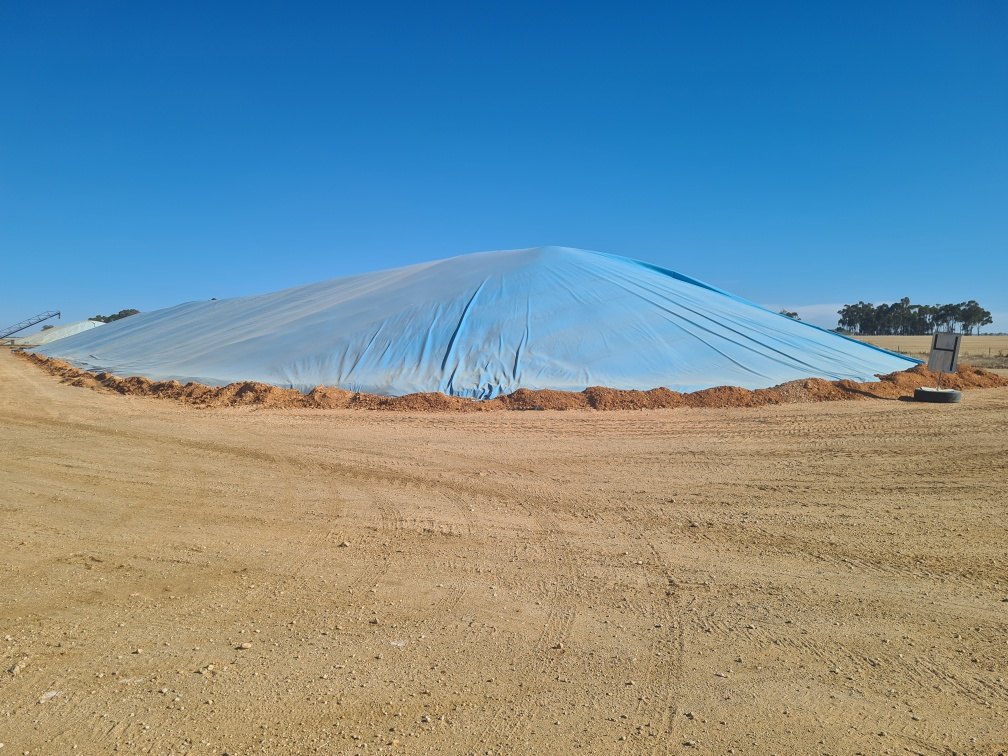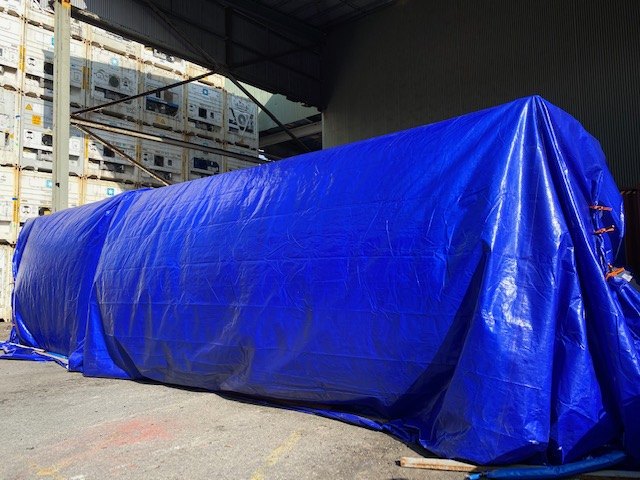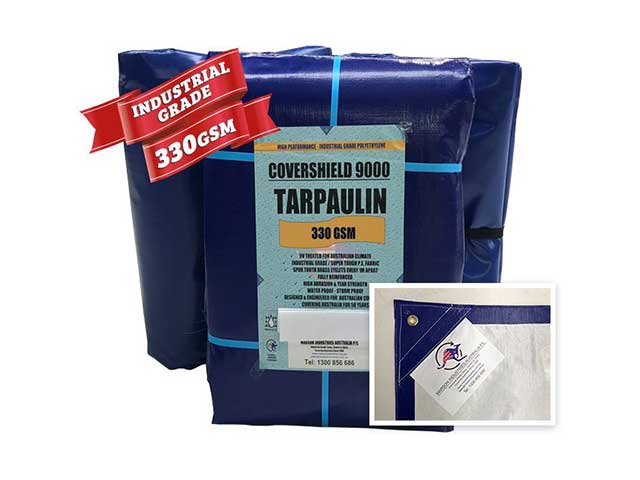Tarps, Covers & Liners. Industrial Textile Fabrication.
Spillage containment is a complex and important job. These essential facts about spillage containment will help you to understand how the job is done, common pitfalls, and what to watch out for.
-
Facts About Spillage Containment
Spillage containment is something that must be carried out if pollutants are accidentally released into the environment. Pollutant chemicals can put your health and the health of others at risk, potentially affecting drinking water, local wildlife habitats, and the ability of residents to enjoy the local environment.
A pillage on the ground, from a drum or a tank containing chemicals, fuel or oil, could spread through drains and the soil into groundwater, and flow into local rivers, streams or lakes. It is important that the spill is dealt with promptly to prevent this sort of thing happening.
Spill containment is something that is best looked at and considered proactively, and in advance. If you can prevent the spread of spillages, then you will be in a much better position should you ever be faced with one.
Almost every premises produces some dirty water, and it is important that this is disposed of using a mains sewer. Sites which store, handle and make use of other liquid materials that can spill or leak should be mindful of the risk of those chemicals spreading. Good examples of substances that can be dangerous include manure, fuel, oils, chemicals, slurry and even foods and drinks. For this reason, it is important to carry out a risk assessment. You should read the guidance offered by your local environmental agency in order to make sure that you are taking good care of the environment.
- Site drainage, do you have separate drains for clean water and contaminated water, and an up-to-date drainage plant that describes where water should go on your site.
- Storage, are all of your containers in good condition, regularly inspected, and carefully cared for? Do you have separate secondary containment, and are your containers kept well away from clean water drainage areas?
- Do you have a good waste management plan? Do you know where all of your waste goes, and that it is being taken care of correctly?
What To Do In The Event Of A Spill
If a spill takes place, it is important that you treat it seriously, if the spill is contained within your secondary containment vessels, then it should be possible to collect the spillage and dispose of it safely. If, however, the spillage flows out into the open you will need to use other methods to contain it.
Absorbents are a popular method of containing spills, however you will need to make sure that you have the right type of absorbent for the spill that you are dealing with, as well as enough of it.
Another useful technique for containing spills is to use socks or mini booms to surround the area where the leak is. If the leak is massive, or is on water, then a bigger boom can be useful.
To recover the spillage, pads, rolls and pillows are useful. They can collect liquid spills to make them easier to dispose of.
When it comes to absorbents, there are three main types, maintenance (for oil and water based spills that are not seriously damaging), oil absorbents that are hydrophobic, so will absorb oil but not water, and chemical absorbents that are designed to pick up chemicals that are potentially hazardous. When these are being used it is important that the correct personal protective equipment is worn by all staff.
Loose granules can be used to deal with small amounts of spilled oil, fuel or chemical spills. They will control the spillage and can then be swept up quite easily. For bigger spills, it is a good idea to use large pads, pillows or blankets of foam. You can purchase these in a range of size, from very small sheets that are less than 50cm square, to three meter long rolls.
If you decide to use this type of absorbent, it is important that you dispose of it correctly to make sure that there is no risk of the absorbent contaminating the environment. You should not simply send it to landfill if it is full of oil or chemicals. Place it in a hazardous waste bag and take it to somewhere that will dispose of it carefully.
If you have reason to fear that spillages will happen regularly, then you should look at picking up a sustainable spill kit that includes waste bags, pads, socks or booms, and safety gear. Teach your employees how to use the kits, and which kits to use for which type of spillage. In addition, impress upon them the importance of using the right safety equipment at all times. It is easy to get lax when you work with chemicals on a daily basis, but one slip up is all it takes for a serious and lasting injury, and people should always be reminded of that.
The above are just a few facts about spillage containment. If you are in a situation where you have to contain a serious, potentially toxic spillage, consider bringing in some professionals to help with the job. Spillage containment is something that must be taken seriously to avoid potentially dangerous contamination of the environment.
Share this post




